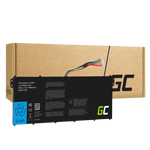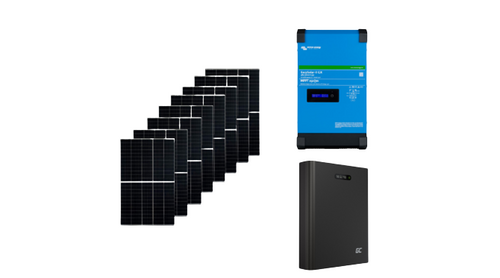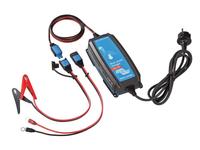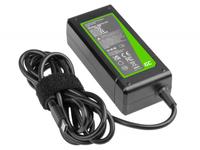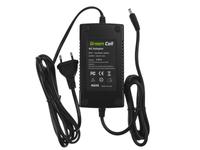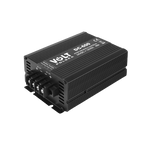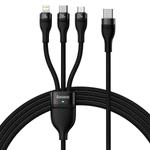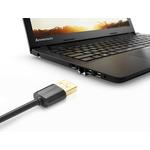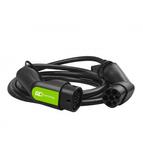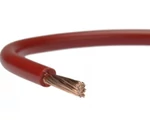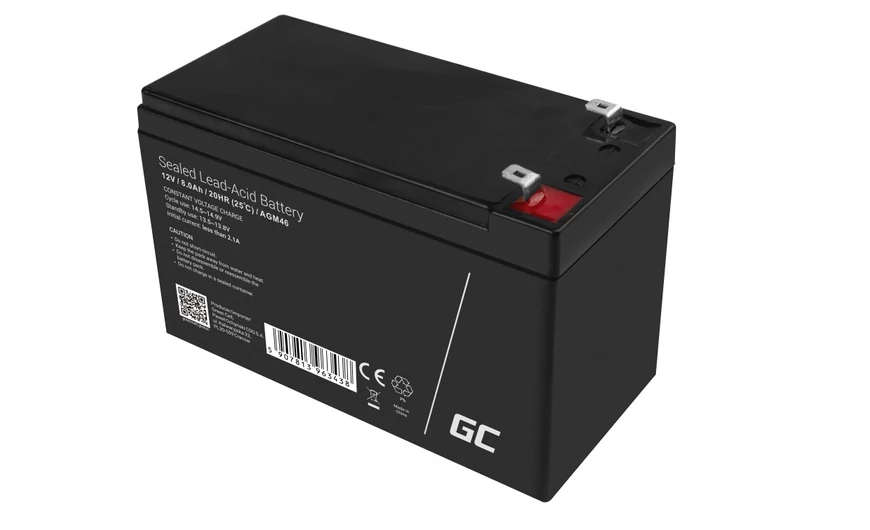|
|
The Role of 12V Batteries in Everyday Life |
Among high-quality batteries, several designs are available. The 12-volt type has become especially well-known in the automotive world, as nearly every passenger vehicle relies on this power source. These batteries provide energy for starter motors, and their use is increasingly common in motorcycles, boats, campervans, electric bikes, solar power systems, uninterruptible power supplies (UPS), security systems, and even smaller household devices.
They can also be used for hobby purposes, such as powering remote-controlled models. The reason behind their widespread use is simple: a 12V battery is reliable, relatively compact, and resilient to a wide range of environmental conditions. In cars, motorcycles, and trucks, they provide power for starting, lighting, and electronics. In solar systems, they store energy during the day for use at night or during power outages. Security systems and alarms rely on them for the same reason—to ensure constant, reliable operation.
They are also used for outdoor lighting and garden pumps when no grid power is available nearby. Comfort functions in motorhomes and boats typically run from 12V power sources. The proper performance of a 12-volt battery greatly depends on regular inspection and maintenance. Modern sealed batteries require significantly less attention, but even these shouldn’t be completely neglected—otherwise, early replacement may be necessary. The same applies to electric bike batteries: keeping an eye on their condition is essential.
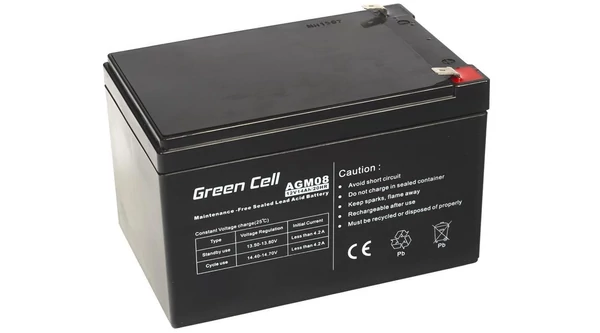
|
|
How to Maintain a 12V Battery |
With 12V batteries, it’s important to regularly monitor the charge level. A deeply discharged battery may stop functioning or even suffer permanent damage. Charging should always be done at an optimal temperature. Extreme cold or heat can reduce battery life, so it's best to use the charger at temperatures between 10°C and 25°C (50°F–77°F). The terminals should also be cleaned regularly, as oxidation buildup can decrease charging efficiency. It’s a good idea to clean them from time to time.
Avoid fully discharging the battery—especially in lead-acid models—since deep discharge can significantly shorten their lifespan. Always use the correct, compatible charger recommended for your specific battery type.
Under average conditions, a high-quality battery can last 3 to 6 years. Signs that it’s time for a replacement may include difficulty starting your vehicle, dimming lights, or needing to recharge the system more frequently.
|
|
What to Consider When Replacing a Battery |
Always turn off the system and disconnect all electrical loads before replacing the battery. First, remove the negative terminal, then the positive one, and take the old battery out. Clean the terminals and the mounting tray, then insert the new battery and secure it firmly. In our online store, you'll find everything you need for a safe and reliable battery replacement.

